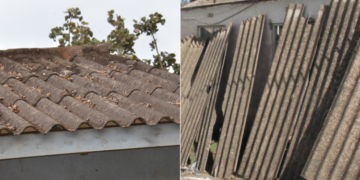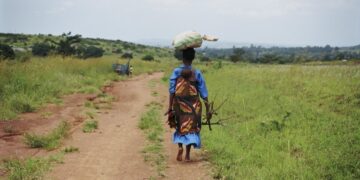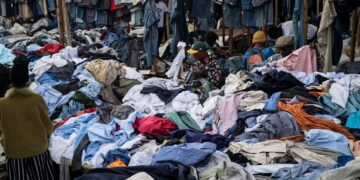The Internet Watch Foundation (IWF) has reported a more than tenfold increase in the number of webpages depicting young children carrying out sexual acts on camera since the pandemic lockdowns began in early 2020.
The charity reported that it logged over 63,000 webpages containing such material last year, compared to 5,000 before the pandemic. IWF Chief Executive Susie Hargreaves said, “During the pandemic, the internet was a lifeline but we are only now unpacking the full effects. What is clear to us is that younger children are being pulled into abusive situations by rapacious predators, often while they are in their own bedrooms.”
The IWF, which is a UK-based organization, tracks, investigates, and attempts to remove incidents of child sexual abuse material from around the internet worldwide. The charity states that it is confident that the rise in self-generated material it is seeing is due to an increase in activity, as reporting levels have remained relatively similar in recent years. Self-generated child abuse videos and images now make up two-thirds of imagery investigated by analysts. This refers to imagery of children sexually abusing themselves on camera while coerced by a predator over the internet.
Also Read: Ai is the Future: Exploring the Exciting Possibilities of Artificial Intelligence
Researchers say that many of the videos are recorded or livestreamed from bedrooms or bathrooms, with sounds of a busy household in the background. They are often done on a live chat, and recorded without the child’s knowledge to be shared and sold by paedophiles. The IWF passes on cases to authorities if a school uniform or other identifiers are visible. Of the imagery, which the charity estimates is of seven to ten-year-olds, more than 8,000 items contained what is classed as Category A material. This is the most severe kind, and can include penetrative sexual activity, images involving sexual activity with an animal, or sadism.
In one video seen by IWF analysts, a nine-year-old girl is instructed by adults over an online platform to perform sexual acts while in her bedroom surrounded by cuddly toys. She is asked to perform “super dirty” dares over a webcam, and is interrupted when a presumed family member, who is oblivious to the abuse taking place, calls up to ask her to run a bath for her (presumed) little brother.
The IWF is calling on the UK government to do more to protect children through the long-delayed Online Safety Bill. The bill is currently being amended to potentially make tech platform bosses criminally liable for any failures to prevent, identify, and remove child sexual abuse and exploitation content. However, the IWF states that the material it processes is coming from all over the world and most of it is not hosted in the UK. The United States National Centre for Missing and Exploited Children reported an increase of child sexual abuse material in 2021. The charity’s CyberTipline received 29.4 million reports, up from 21.7 million in 2020.
The rise in child sexual abuse material during the pandemic highlights the need for increased efforts to protect children from predatory behavior online. The IWF’s call for the UK government to take action through the Online Safety Bill is an important step in addressing this issue. However, it is also crucial for individuals, families, and communities to be aware of the dangers of the internet and to take steps to protect children from online predators. This includes setting boundaries for internet use, monitoring children’s online activity, and educating children about online safety.
















































































